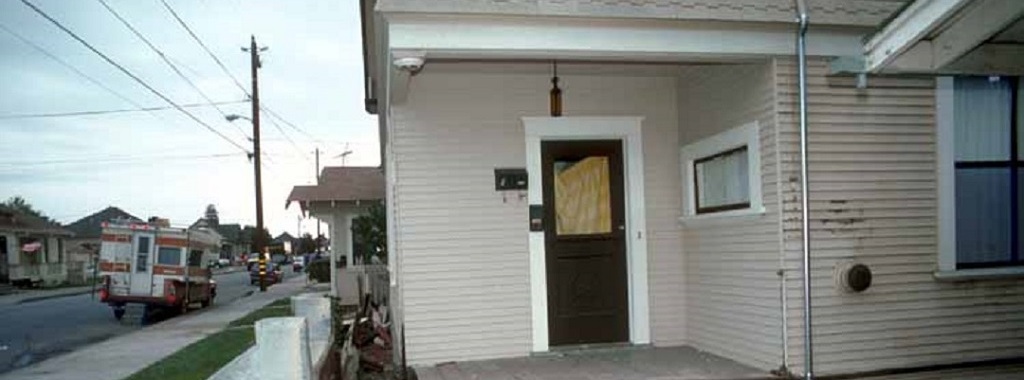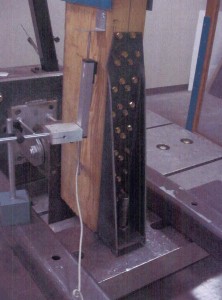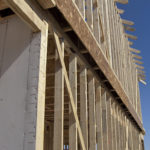I have the privilege of presenting a free WoodWorks webinar, “Testing and Product Evaluation of Products for Wood-framed Construction” on Thursday, October 25 at 10 am PST. Here is the webinar description:
Products that are not covered by the code are used in many if not all buildings. While the code permits a single engineer to review and submit to a building official and a single building official to review and approve a product not covered by the code, many feel a more robust process is needed to ensure that these products meet the code intent. Also, many code or evaluation reports are used not just for one project, but for multitudes of projects in numerous locations. Test setups can affect the performance and load rating of products.
Several private entities have been created over the years to assist the industry by developing public and transparent processes to develop test requirements, load rating requirements, design and detailing requirements, and ongoing quality compliance as well as product evaluation methodologies. This webinar will discuss various acceptance criteria and testing methods used for products used in wood construction, such as ASTM D7147 and ICC-ES AC155 to further advance the knowledge of these test methods and processes for those in the wood construction industry.
This will be a great opportunity for those of us who work in wood frame construction to discuss code and test requirements for connectors and other products for wood. I hope you’ll consider joining us! To register for the webinar, click here.
– Paul
What are your thoughts? Visit the blog and leave a comment!







